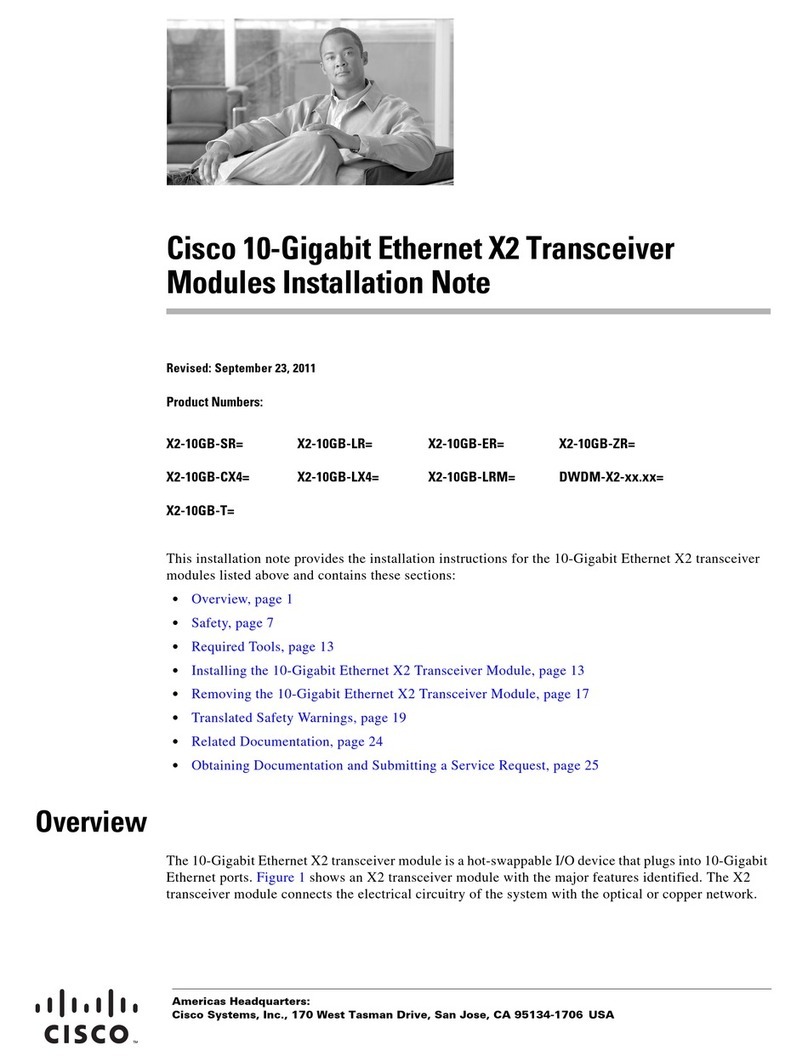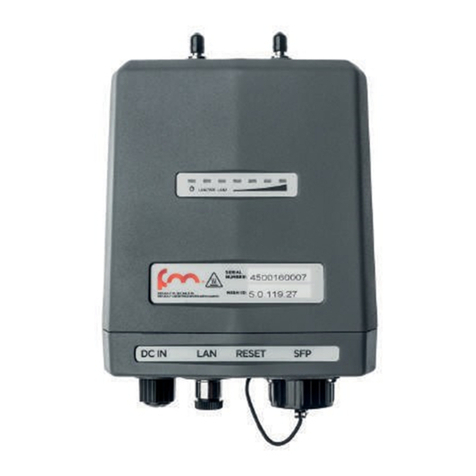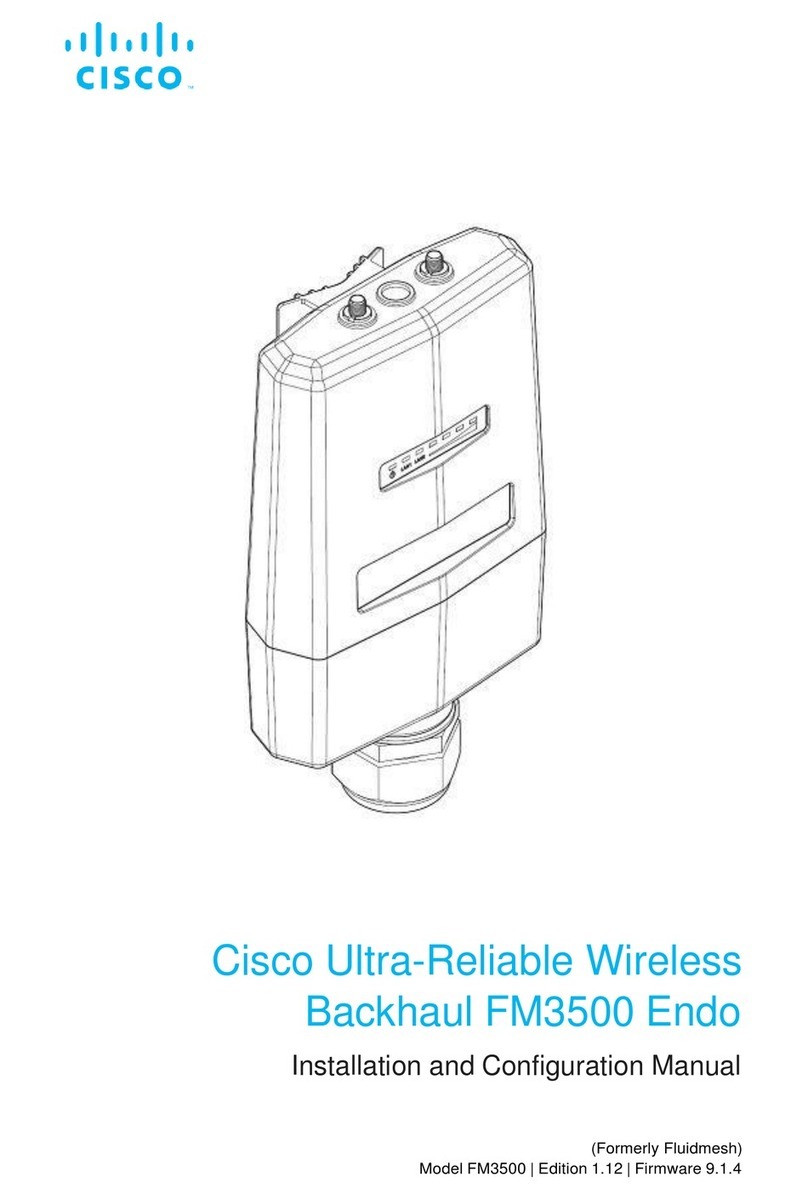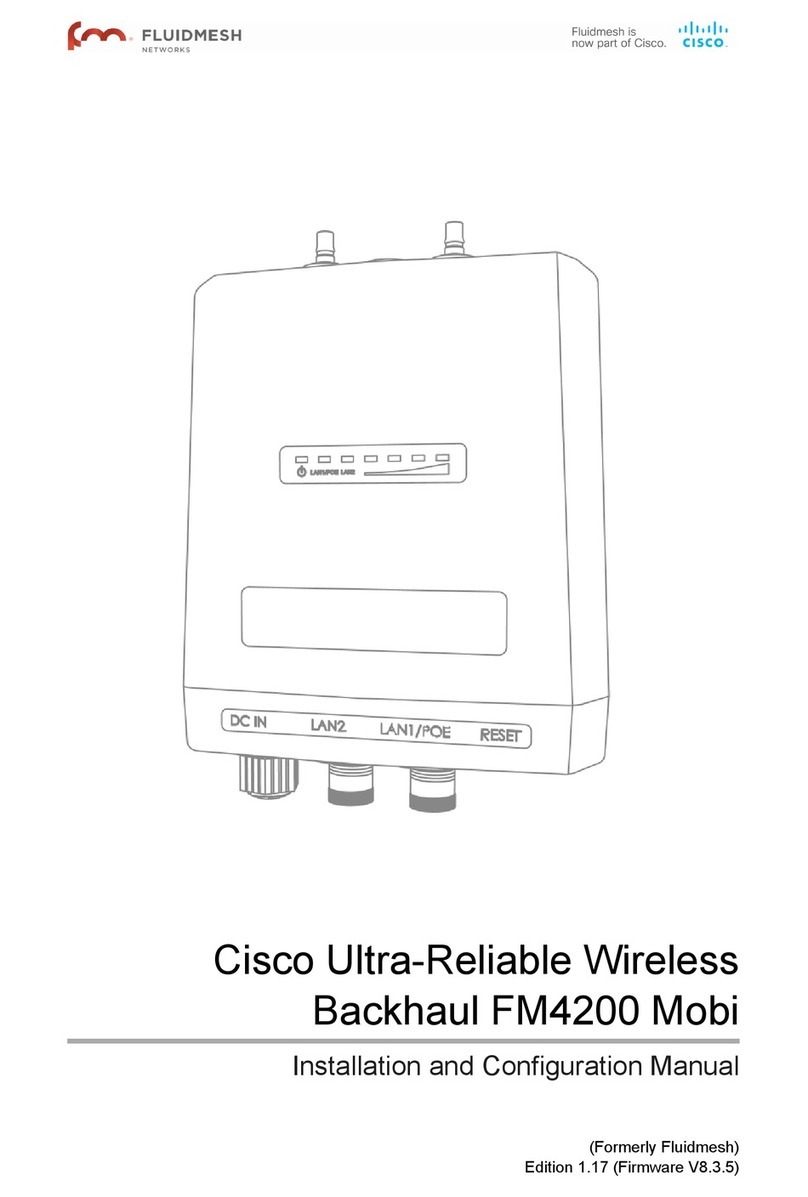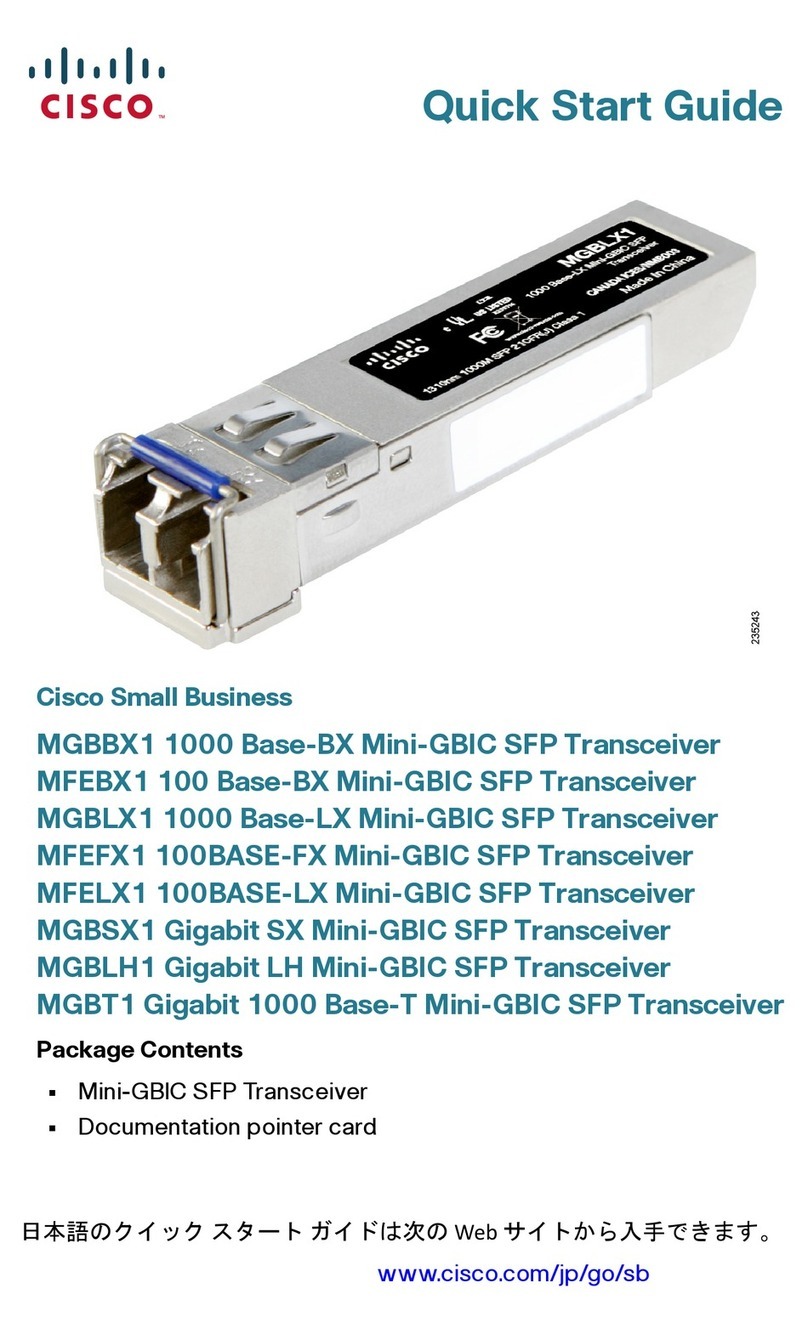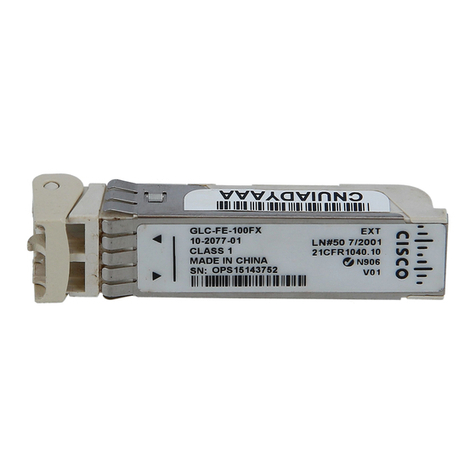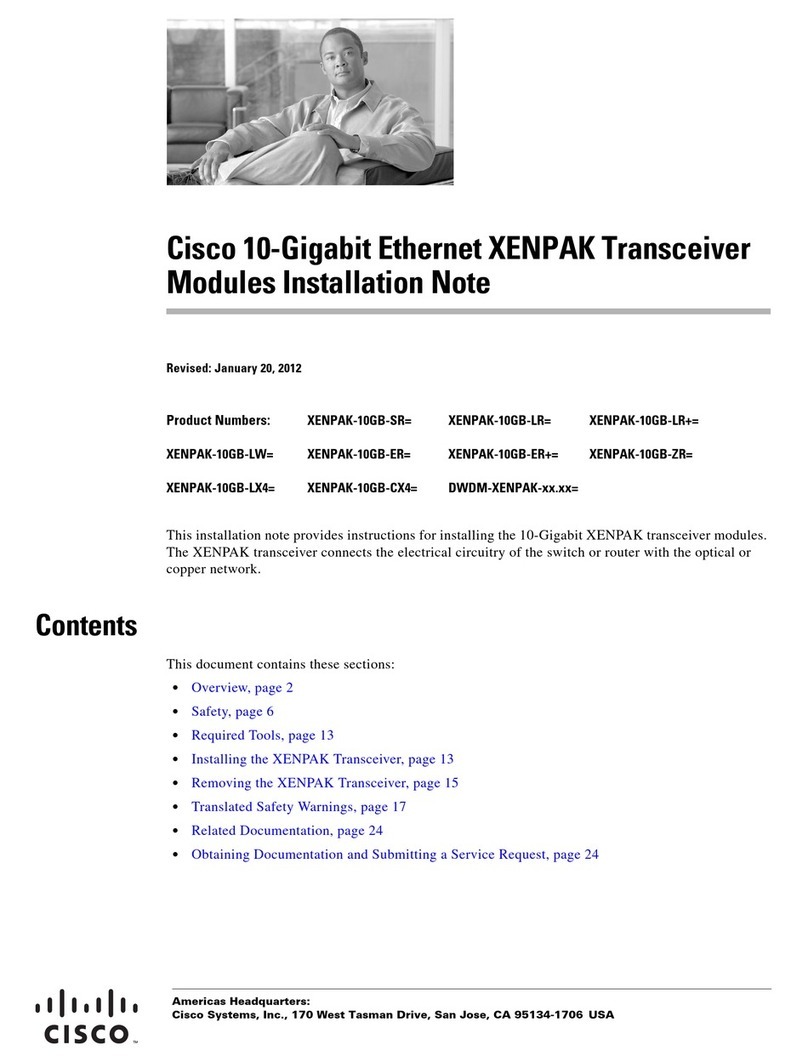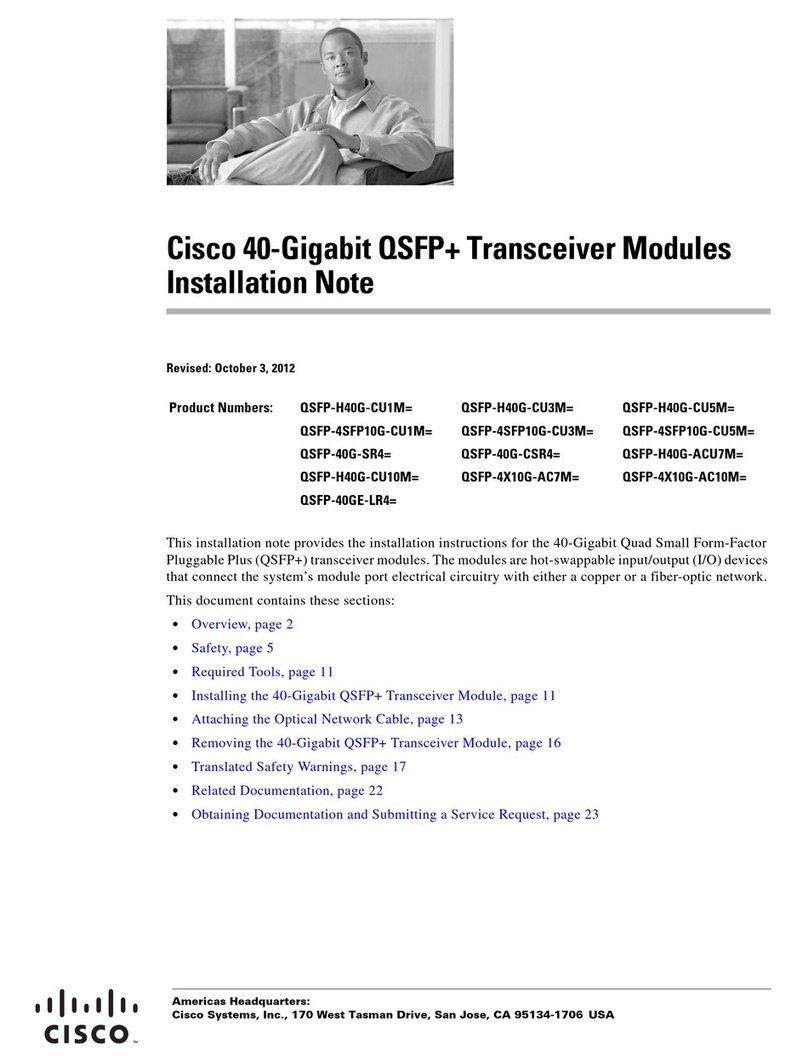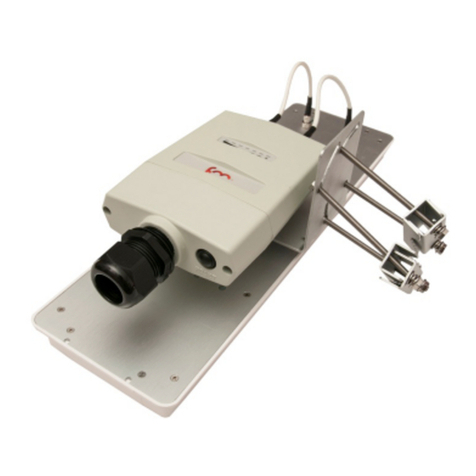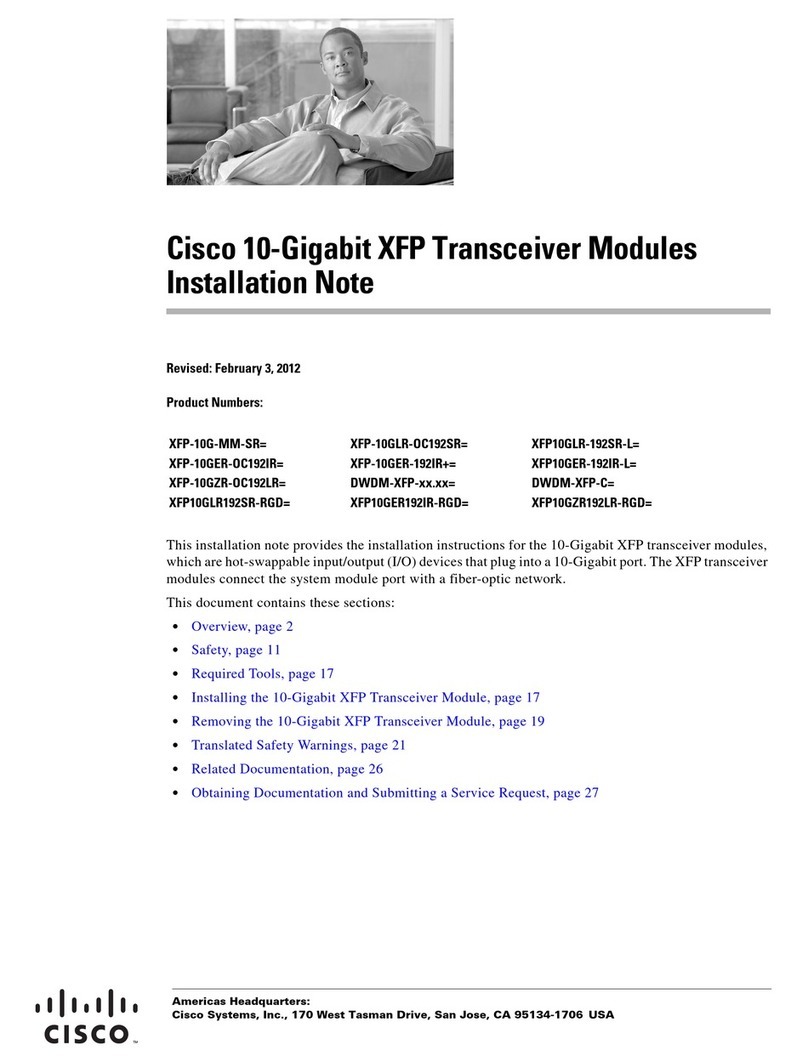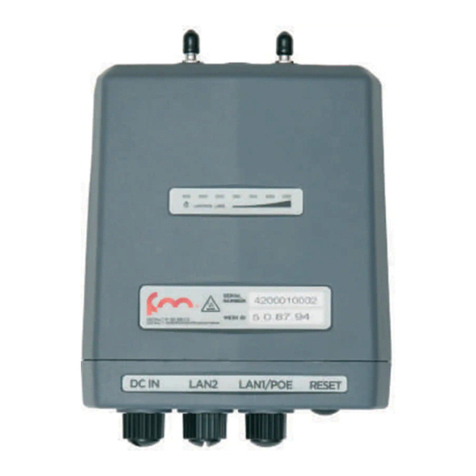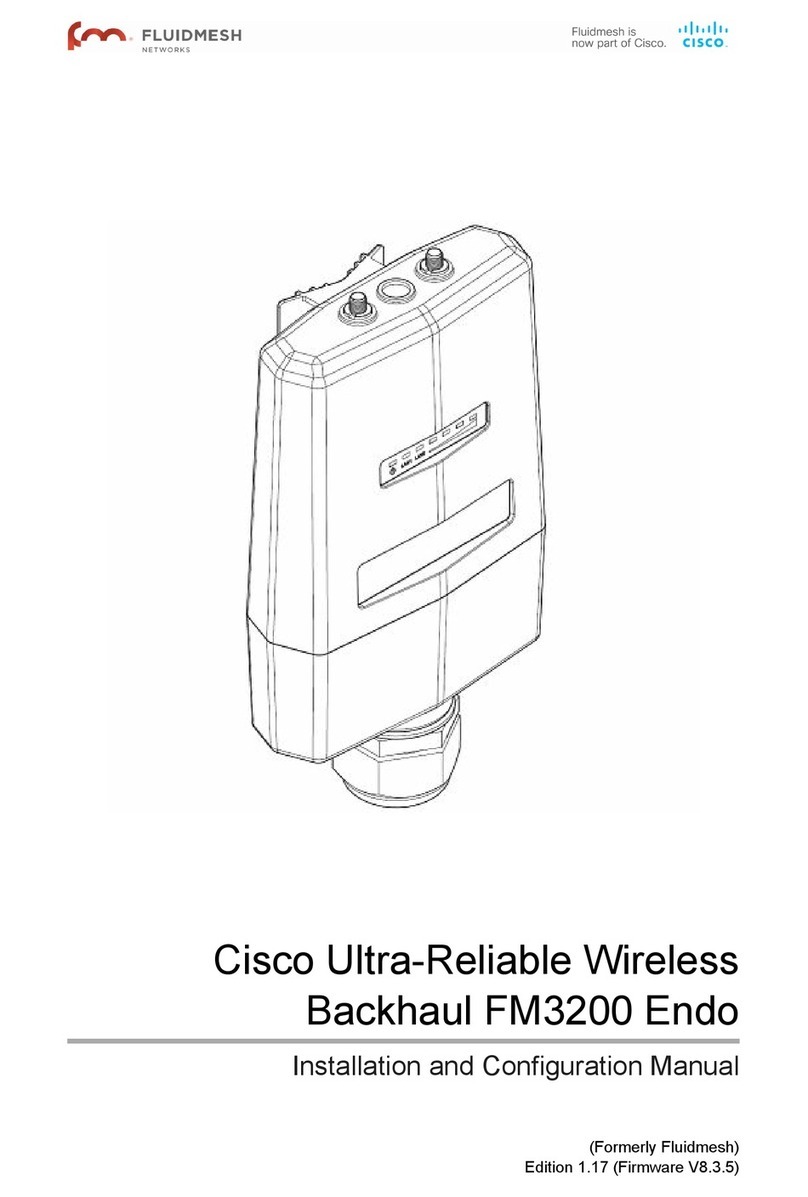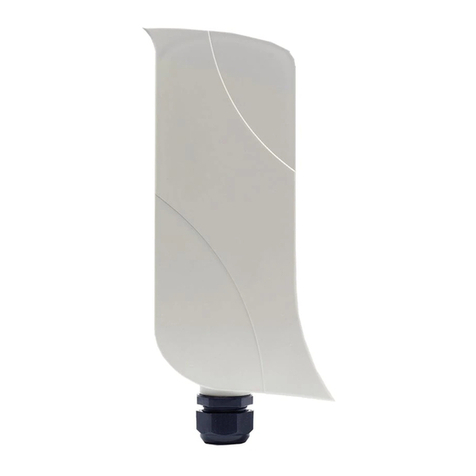
Using The Bandwidth Test Tool ........................................................ 83
Using The Path MTU Discovery Tool ................................................ 84
7.6. Advanced Settings ................................................................................ 85
7.6.1. Advanced Radio Settings ............................................................. 85
Using The FluidMAX Management Setting ........................................ 86
Using The Max TX Power Setting ..................................................... 87
Using The Data Packet Encryption Setting ........................................ 87
Using The Maximum Link Length Setting .......................................... 88
7.6.2. ................................................................................................... 89
7.6.3. Static Routes ............................................................................... 89
7.6.4. Pass Lists And Block Lists ............................................................ 90
7.6.5. Multicast ..................................................................................... 93
Multicast Management For Mesh Network-Capable Devices .............. 93
Configuring Multicast Within A Layer-3 Network ................................ 96
7.6.6. SNMP Configuration .................................................................... 97
Using SNMP V2c ............................................................................ 98
Using SNMP V3 .............................................................................. 99
7.6.7. Wireless Access Point Configuration ........................................... 101
7.6.8. RADIUS Configuration ............................................................... 105
7.6.9. NTP Configuration ..................................................................... 109
7.6.10. L2TP Configuration ................................................................... 110
7.6.11. VLAN Settings .......................................................................... 111
VLAN Configuration ....................................................................... 111
Rules For Packet Management ....................................................... 112
7.6.12. Miscellaneous Settings .............................................................. 114
7.7. Management Settings .......................................................................... 116
7.7.1. View Mode Settings .................................................................... 116
7.7.2. Changing The Administrator Username And Password .................. 119
Enabling Remote Access To The Unit By Telnet .............................. 120
7.7.3. Overwriting And Upgrading The Unit Firmware ............................. 121
7.7.4. Plug-In Management .................................................................. 123
7.7.5. The Device Status View ............................................................. 127
The Device Status Window ............................................................ 127
7.7.6. Saving And Restoring The Unit Settings ...................................... 129
7.7.7. Resetting The Unit To Factory Defaults ........................................ 131
Rebooting The Unit ....................................................................... 132
7.7.8. Logging Out .............................................................................. 132
7.7.9. Viewing The End-User License Agreement .................................. 133
8. Software Plug-Ins ........................................................................................ 135
8.1. Available Plug-Ins ............................................................................... 135
8.2. Plug-In Management Procedures ......................................................... 139
8.2.1. Plug-In Activation ....................................................................... 139
8.2.2. Deactivating An Active Plug-In .................................................... 141
8.2.3. Reactivating A Deactivated Plug-In ............................................. 143
8.2.4. Exporting And Uploading Multiple Activation Codes ...................... 144
8.2.5. Sharing License Codes And Accepting Shared License Codes ...... 146
9. Troubleshooting .......................................................................................... 147
9.1. I Cannot Get The Log-In Screen .......................................................... 147
9.2. I Cannot Log In To The RACER Interface ............................................. 147
9.3. I Forgot The Administrator Password ................................................... 147
9.4. The Wireless Link Is Poor Or Non-Existent In Bridge Mode .................... 148
9.5. I Purchased A Fluidmesh Device, But It Is Not Shown In RACER ........... 148
9.6. I Cannot Connect My Fluidmesh Device To The RACER Interface .......... 148
Fluidmesh 1200 VOLO
© 2020 Cisco and/or its affiliates. All rights reserved. Page 4 of 169
